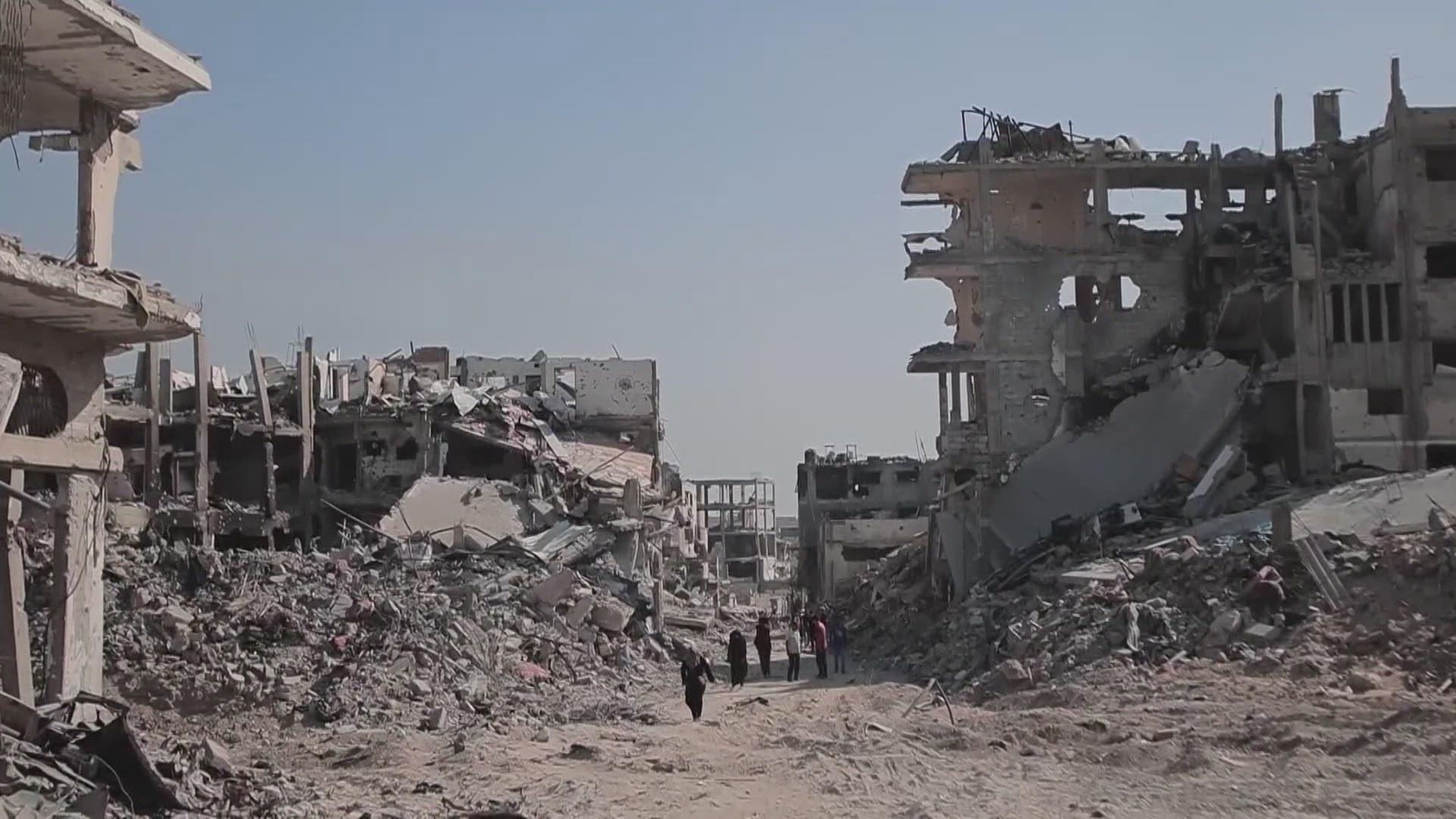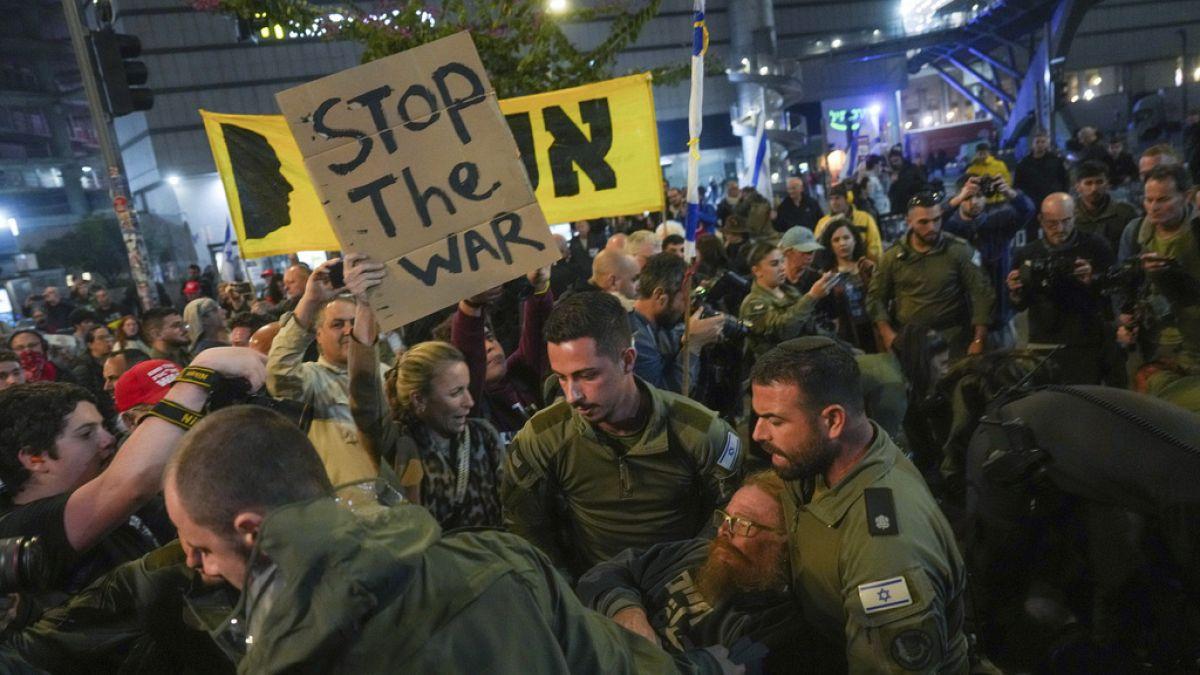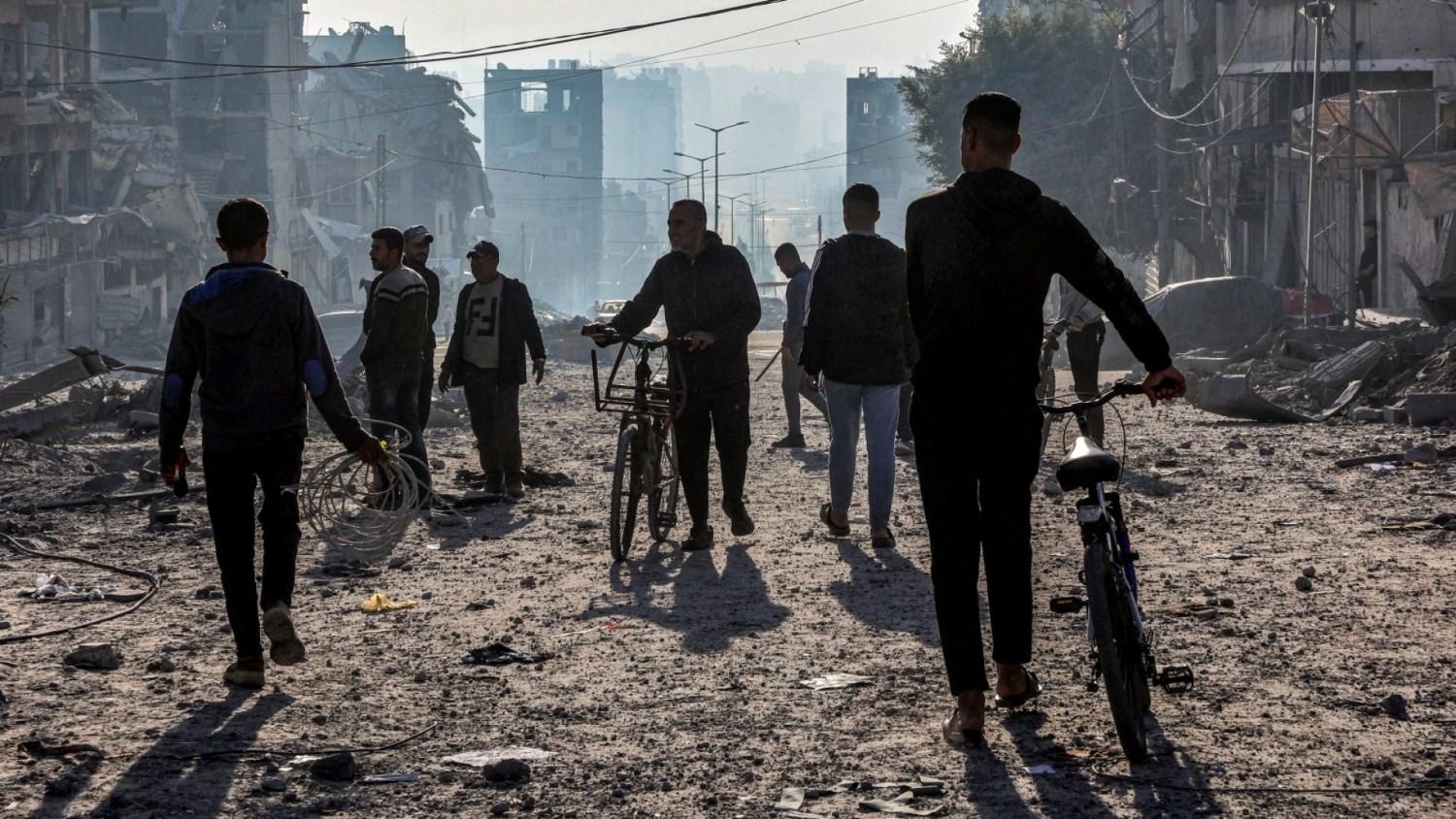Exploring Key Provisions in the Israel-Hamas Draft Ceasefire Deal
At the heart of the Israel-Hamas draft ceasefire deal lie several crucial provisions aimed at de-escalating ongoing hostilities and paving the way for longer-term peace negotiations. These stipulations not only serve as a blueprint for immediate cessation of violence but also reflect the underlying complexities of the conflict. Key elements include:
- Immediate Cessation of Hostilities: both parties are expected to halt all military actions, including airstrikes and rocket fire, to restore calm.
- Humanitarian Access: the agreement emphasizes the need for uninterrupted humanitarian aid to affected populations, particularly in gaza.
- Prisoner Exchange: A proposed exchange of detainees has been suggested, which remains a contentious point among stakeholders.
- International Monitoring: The arrangement calls for third-party oversight to ensure compliance with the ceasefire terms.
However, these provisions are not without contention. Skepticism looms particularly over enforcement mechanisms, as both sides harbor distrust fueled by past failures to uphold agreements. The complexity is further compounded by internal political pressures, with factions within both Israel and Hamas likely influencing adherence to the terms. Additionally, the broader geopolitical landscape, including the role of regional actors and international powers, adds layers of challenge as they vie for influence in the post-ceasefire scenario.

Understanding the Underlying Tensions Shaping the Negotiations
The ongoing negotiations surrounding the Israel-Hamas ceasefire have unveiled a complex web of tensions that reflect deep-seated political, historical, and cultural divides. As diplomats attempt to broker a settlement, the stakes are exceedingly high, with each side laden with its own demands and grievances. Key issues influencing the talks include:
- Humanitarian Concerns: The urgent need to address the humanitarian crisis in Gaza has been a focal point, yet what constitutes adequate aid and access remains contentious.
- political legitimacy: Both Hamas and Israel aim to emerge from the negotiations with a stronger political narrative, complicating the trust needed to navigate peace talks.
- Regional Influence: The involvement of neighboring states and their differing visions for stability in the region adds layers of complexity.
Moreover, underlying societal tensions play a important role, with each party confronting internal pressures that shape their negotiating posture. For Israel, security concerns around maintaining its borders and responding to threats are paramount. On the other hand, Hamas wrestles with public sentiment, urging its leadership to secure gains for the Palestinian population. These dynamics complicate the ceasefire negotiations further,as both sides approach the table not just as adversaries but as representatives of broader national aspirations and existential fears.

Evaluating the Impact on Civilians and Regional Stability
The ongoing conflict between Israel and Hamas has had profound consequences for civilian populations, heightening humanitarian crises and raising questions about the long-term viability of regional peace.Civilians in both territories continue to bear the brunt of military actions, experiencing loss of life, displacement, and destruction of infrastructure. Key factors impacting the civilian experience include:
- Casualties: Rising death tolls and injuries among non-combatants.
- Displacement: Large-scale movements of people seeking safety and basic necessities.
- Access to essentials: Challenges in securing food, water, and medical services.
Moreover, the potential outcomes of the ceasefire deal could determine not just immediate civilian relief but also future stability in the region. The imbalance of power dynamics and unresolved tensions from past conflicts could easily destabilize any fragile peace achieved through negotiations. This situation is fraught with uncertainties that could lead to:
- Resurgence of hostilities: The risk of renewed violence if either party perceives the terms as unacceptable.
- Regional alliances: Shifting alliances could alter the strategic landscape in the Middle East.
- Humanitarian aid constraints: Heightened political and military pressures may limit the flow of essential aid to civilians.

recommendations for Sustainable Peacebuilding Initiatives in the Aftermath
In the wake of the discussions surrounding the ceasefire deal between Israel and Hamas, it is indeed crucial to pivot towards sustainable peacebuilding initiatives that address the underlying tensions and root causes of conflict. Emphasizing inclusive dialogue and community engagement is vital for fostering lasting peace. Stakeholders should prioritize the establishment of platforms that facilitate communication between diverse groups, enabling them to express grievances and aspirations openly.This can involve:
- Creating local peace committees that represent various stakeholders in the region.
- Implementing education programs that promote conflict resolution and tolerance among youth.
- Encouraging joint socioeconomic projects that foster collaboration and mutual benefit.
Moreover, addressing the humanitarian needs of affected populations must be a central element in peacebuilding strategies. Providing immediate and sustained support is essential for rebuilding trust and fostering a sense of security among communities. Initiatives could include:
- Enhancing access to essential services, such as healthcare and education, to rebuild community infrastructure.
- Providing psychosocial support to individuals traumatized by conflict, promoting mental health and resilience.
- Facilitating economic recovery programs that empower small businesses and agriculture, ensuring long-term stability.
